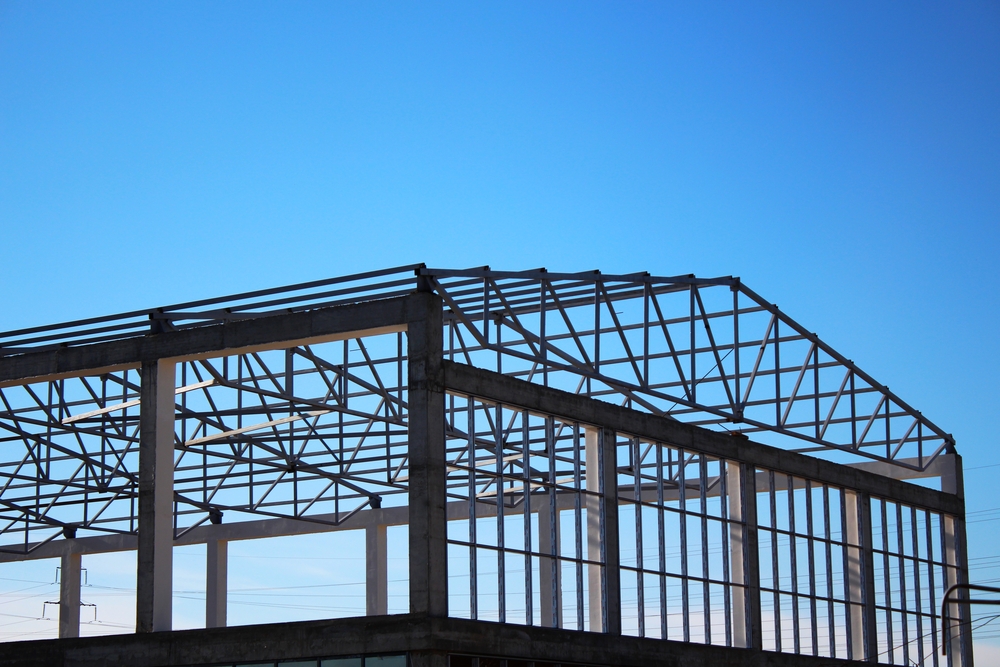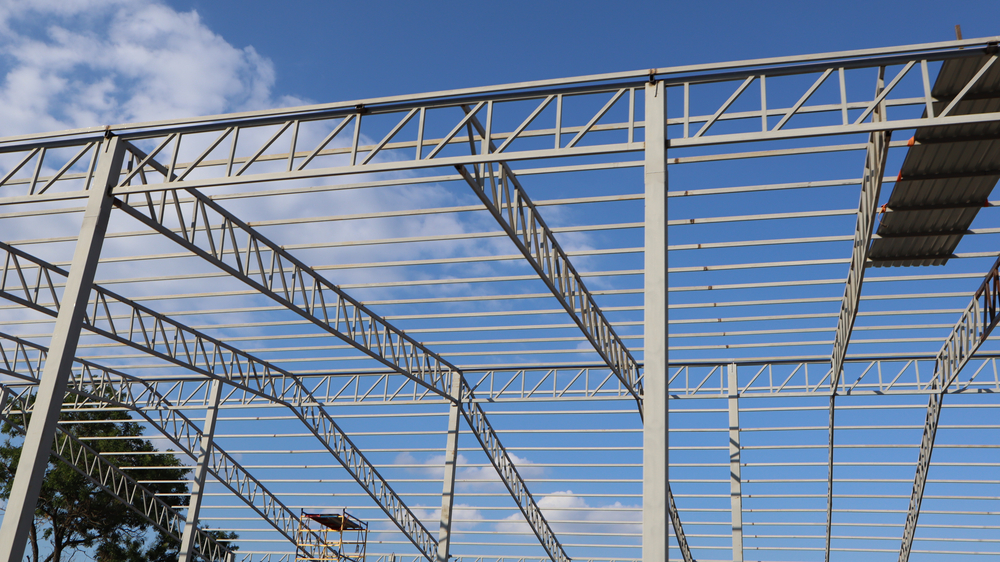Nowadays, more and more steel buildings replace traditional types like wood or concrete. One reason for this is the durability that a steel building can offer. However, these require a good foundation to support the structure’s weight. Without this, a steel building could be weakly-built and eventually collapse.
A foundation for steel buildings
A proper foundation is essential for typically primary reasons:
- It ensures that the steel building is stable and can withstand wind and weather conditions.
- It ensures the building is appropriately insulated and does not leak.
- It helps to distribute the weight of the building evenly. In that manner, the foundation does not sink into the ground or crack under the weight.
- A well-constructed foundation will keep your steel building looking great for years.
Moreover, a steel building with a poor foundation tends to sway or vibrate. If that happens, it can be dangerous for the occupants inside. Additionally, the structure may start to rust and deteriorate faster than it would if it had a strong foundation. Note that steel is susceptible to moisture. It becomes weak over time, especially if constantly exposed to elements. It most likely happens if there’s no foundation—the barrier between the steel building and the ground.

Foundation is also imperative for other considerations like its purpose, location, and building code.
The purpose of the building – Residential or commercial use demands different weights, foot traffic, and exposure to elements. Commercial establishments like retail shops expect to have high foot traffic and store heavyweight materials.
The location of the building – Every site has different traits that affect the needs of a foundation. Typically, extreme weather conditions are the top determinants. Snow, for instance, can freeze and crack the ground. And it is also a problem when the snow melts and becomes salty water. Other location-related matters include soil quality and terrain.
The required permits and code compliance – Every local authority determines specific rules regarding the construction of foundation and steel buildings. It can be simple or complicated depending on the factors that local authorities consider.
Other important considerations may include environmental impact studies and accessibility requirements.
The basic steps to construct a durable foundation
Constructing a foundation for a steel building is almost the same as any other type of building. However, ensuring it meets the standards is good, so the foundation offers efficient and long-lasting benefits.
In terms of choice, there are different types of foundations you can choose from, and concrete is one. The basic steps below are constructing a foundation using this material.
- Check the quality of the ground or soil. The most crucial factor to consider is the soil condition at the building site. If the soil is unsuitable, it will need to be excavated and replaced with something that can support the structure’s weight.
- Level the ground and prepare it for the foundation. Usually, it is done by creating a trench around the perimeter of the building site.
- Pour concrete into the trench.
- Place steel reinforcement bars. Once the concrete has cured, steel reinforcement bars, or rebar, are placed in the trench.
- Pour more concrete over the rebar to complete the foundation.
Constructing a foundation alone can also be complex when you include other matters, including the dimension, loads, and requirements. It is why hiring a dependable contractor to do the foundation is a practical step also. It makes the process effortless and provides a professionally built foundation.
Contact Lion Buildings to learn more about building a durable foundation and maintaining quality construction buildngs.
